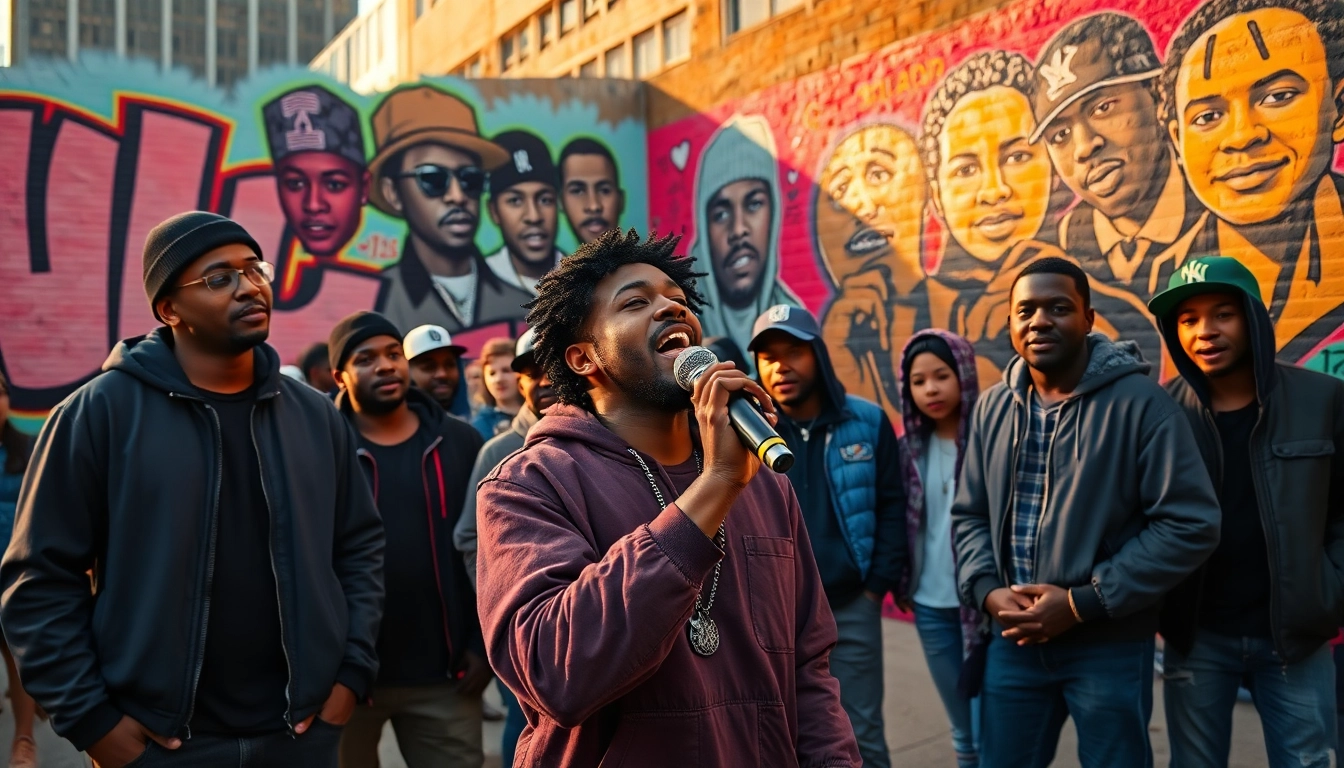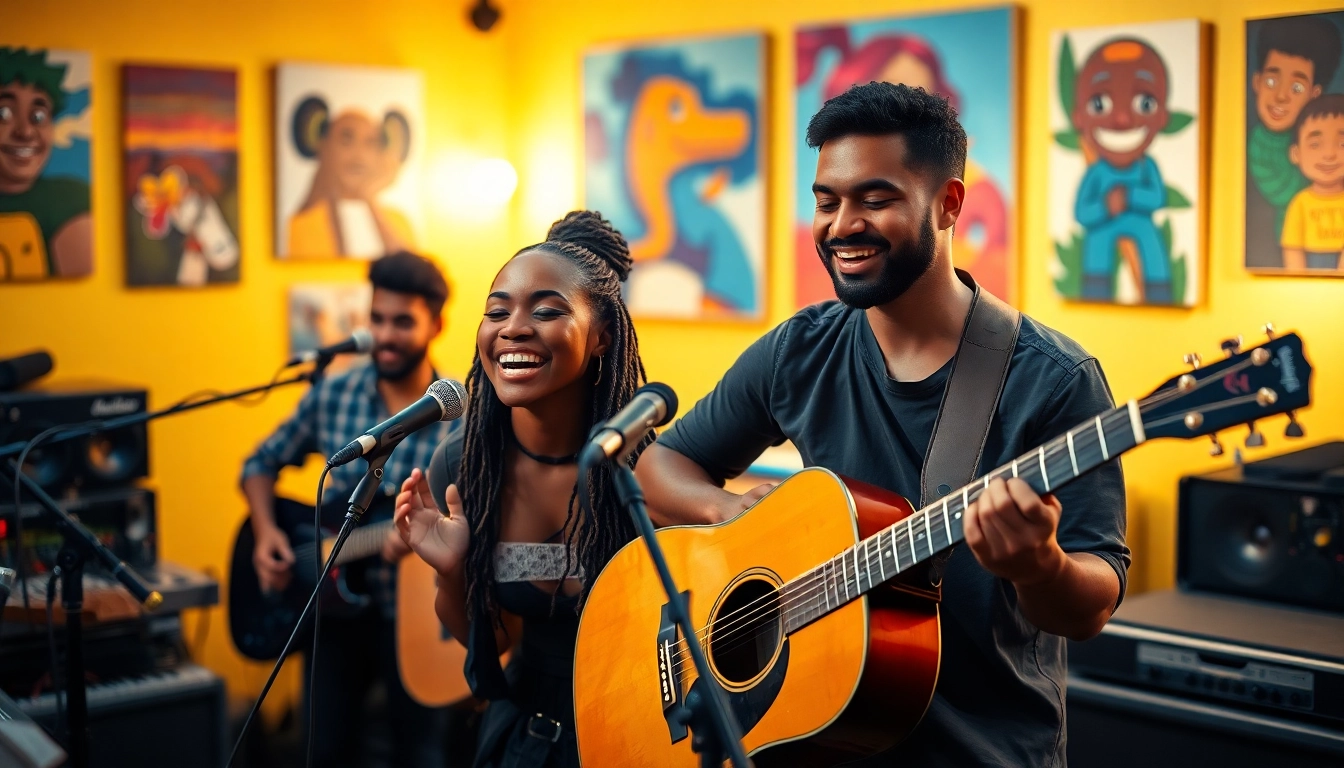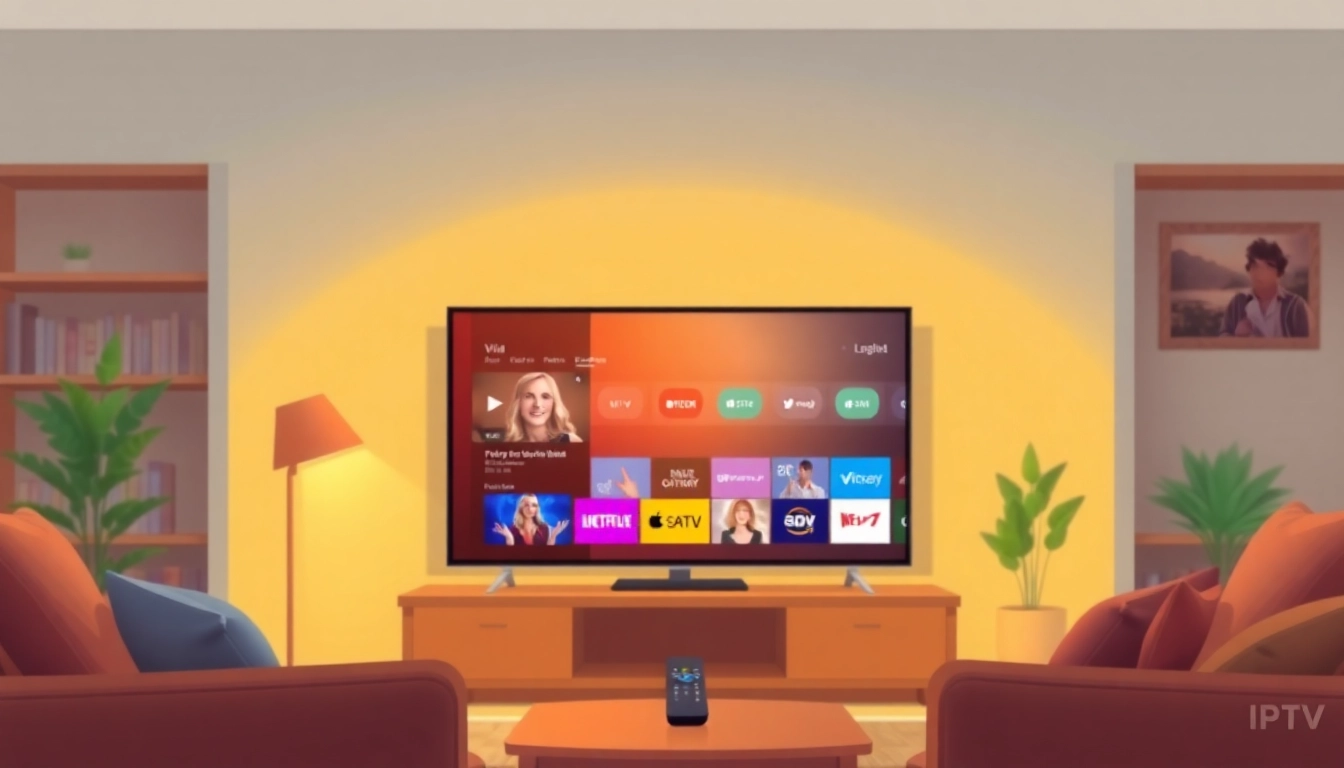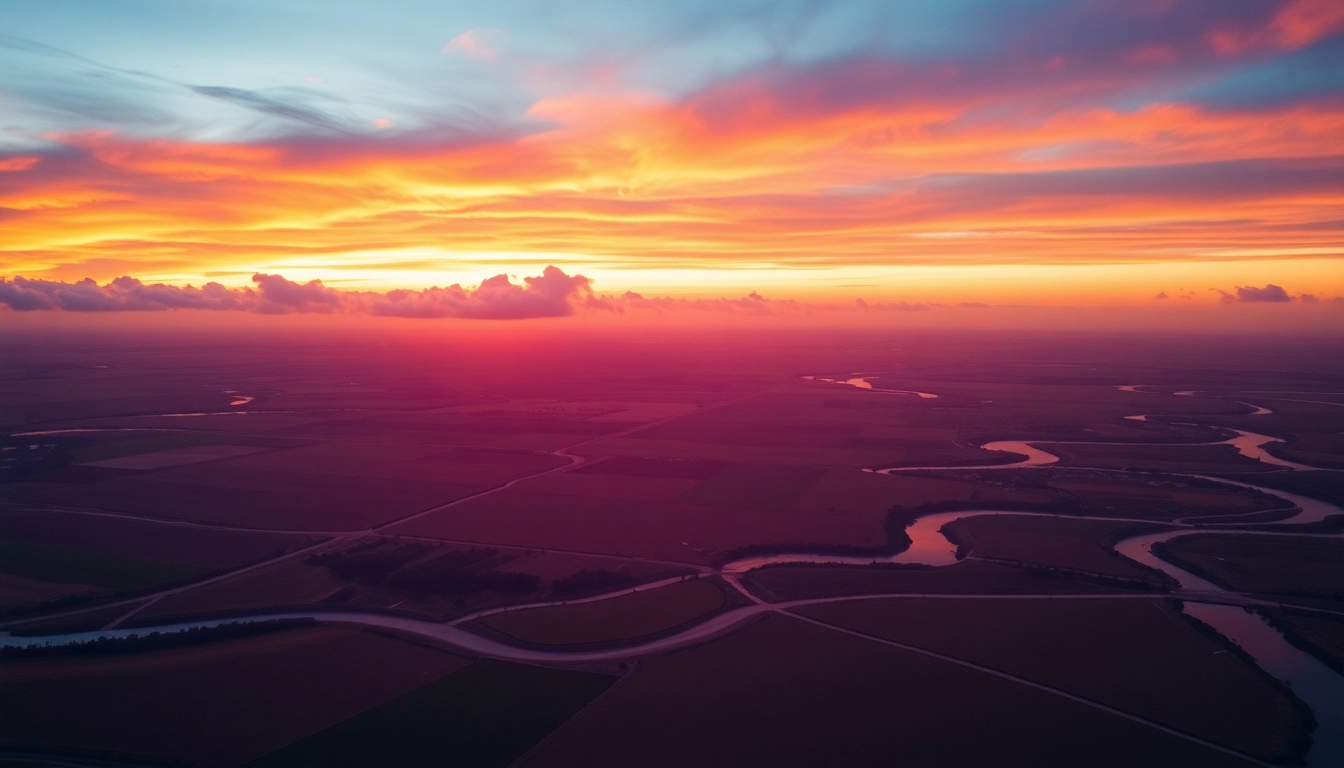Understanding Chicago Rap Lyrics and Their Cultural Context
Chicago rap, with its diverse sounds and impactful lyrics, serves as a multilayered reflection of the city’s rich culture and social struggles. From expressing pride and resilience to addressing complex social issues, Chicago rap lyrics resonate with authenticity. This article delves into the unique aspects of Chicago’s rap scene, exploring its historical roots, prominent artists, and evolving styles.
The Influence of Chicago’s History on Rap Lyrics
Chicago’s storied past profoundly shapes its rap lyrics. The city has been a melting pot for various cultures and communities, each contributing to its unique musical landscape. This cultural convergence is visible in the local rap scene, where artists often draw from their personal histories and neighborhood narratives.
Historical events, such as the Great Migration, saw a significant influx of African Americans from the South seeking better opportunities. This migration not only influenced the demographic makeup of the city but also laid the groundwork for the blues and, eventually, hip-hop music. In the 1960s and 70s, Chicago became a significant urban center, drawing influences from jazz, soul, and funk, which blended seamlessly into rap. As a result, many Chicago rappers articulate the struggles, dreams, and realities faced by their communities, capturing the essence of the Windy City.
Key Artists and Their Contributions to Chicago Rap
Chicago has birthed a variety of influential rap artists over the decades. Pioneers like Kanye West and Common paved the way, infusing their music with introspection and social commentary. Kanye, in particular, is known for his ability to weave autobiographical elements into his tracks, making him a global ambassador for Chicago’s sound.
Common’s early work often highlighted social issues, while his later albums explored philosophical concepts and personal growth, showcasing the evolution of Chicago rap. Additionally, artists such as Chance the Rapper have emerged, championing positivity and social justice through their music. Chance’s work reflects a broader trend among contemporary Chicago rappers who emphasize community engagement and activism.
An Overview of Rap Subgenres: Drill, House, and More
Among the many subgenres of Chicago rap, Drill has emerged as a defining sound, originating from the South Side in the early 2010s. Characterized by its hard-hitting beats and gritty lyrics, drill music often addresses themes of violence and street life. Artists like Chief Keef and Lil Durk popularized this subgenre, with lyrics that mirror their environments and social realities.
In contrast, Chicago’s house music scene, which also heavily influences local rap, originated in the 1980s during a vibrant club culture. The blending of rap and house has given birth to unique tracks that speak to the city’s nightlife and cultural energy. This cross-pollination showcases the versatility of Chicago’s music scene, allowing rappers to draw inspiration from various genres while maintaining their cultural identity.
Notable Lyrics That Define Chicago’s Hip-Hop Scene
Chicago rap is known not only for its sound but also for its thought-provoking lyrics that encapsulate the spirit of the city. Many artists create memorable hooks and verses that resonate deeply with listeners.
Celebrating Neighborhood Narratives in Chicago Rap Lyrics
Neighborhoods play a crucial role in shaping the identities of Chicago rappers. Lyrics often reflect the stories of specific areas, encapsulating both the pride and struggles associated with them. For instance, artists like Saba and G Herbo vividly illustrate their neighborhoods through their storytelling, creating a nuanced portrayal of the experiences that shape their lives.
In tracks like “Ghost” by Saba, the lyrics speak of loss, family, and hope, demonstrating how personal narratives intertwine with broader community issues. This authenticity helps listeners understand the challenges faced in various neighborhoods, fostering a sense of connection and empathy.
How Chicago Rap Lyrics Address Social Issues
Beyond personal narratives, many Chicago rap lyrics tackle significant social issues, such as poverty, gun violence, and systemic inequalities. Artists often use their platform to draw attention to the struggles their communities face, aiming to inspire change and elevate awareness.
Drill music, in particular, often reflects the harsh realities of street life. Many artists openly address their experiences with violence and loss, serving as a voice for those who have been affected by similar circumstances. Tracks like “I Don’t Like” by Chief Keef exemplify this outspokenness, capturing a raw and unfiltered view of life in the city.
Iconic Chicago Rap Lyrics Memorable Quotes
Several Chicago rappers have delivered iconic lines that have become synonymous with the city’s hip-hop culture. Chance the Rapper’s lyric, “I’ve got my city doing front flips,” encapsulates a sense of city pride and joy, reflecting the dynamic nature of Chicago while also maintaining a recognition of its struggles. This duality is a common theme in many Chicago rap lyrics, where artists celebrate their heritage while acknowledging their challenges.
Another significant quote from Kanye West, “I feel like I’m in a dream,” integrates his personal experiences with broader cultural references, symbolizing the aspiration and challenges faced by many in Chicago. These memorable lines not only resonate with fans but also serve as rallying cries for a community yearning for change.
The Evolution of Chicago Rap: From Underground to Mainstream
Over the years, Chicago rap has transformed from underground movements to a vital part of mainstream music. This evolution highlights the resilience and creativity of the city’s artists.
Pioneers of Chicago Rap and Their Impact
The early foundations of Chicago rap were laid by pioneers who infused their music with local culture and issues. Artists like Common and Twista helped establish a unique sound characterized by wordplay and storytelling. Their influence paved the way for future generations of rappers who would use lyrical prowess to address various aspects of life in Chicago.
With the rise of mixtapes and the burgeoning internet culture, independent artists began gaining traction, leading to a more democratized music scene. This shift allowed underground rappers to reach wider audiences without the backing of major labels, creating a diverse and rich tapestry of voices within the Chicago rap community.
The Rise of Drill Music: Lyrical Significance
Drill music marked a significant shift in the Chicago rap landscape, bringing a darker, more aggressive sound to the forefront. The genre’s rise started around the early 2010s, with artists like Lil Durk and Chief Keef emerging as leading figures. Their lyrics often highlight the realities of gang violence, showcasing a narrative that is both personal and political.
This genre’s lyrical significance lies in its unflinching honesty about the violence that plagues many Chicago neighborhoods. While it has drawn criticism for glorifying negative behaviors, proponents argue it shines a light on issues that are often ignored in mainstream media, fostering a dialogue about violence and its consequences.
Comparison of Old School vs. New School Chicago Rap Lyrics
As the Chicago rap scene has evolved, a striking contrast has emerged between old school and new school artists. Older artists like Common and Lupe Fiasco often focus on themes such as social justice, personal growth, and introspection in their lyrics. Their music tends to be more narrative-driven, incorporating storytelling techniques that engage listeners on a deeper level.
Conversely, new school artists tend to focus on more immediate experiences and raw emotions. The lyrics often reflect the immediacy of street life, addressing issues like violence, loyalty, and survival. This focus on current events allows new school artists to connect with younger audiences, creating an energetic and relatable sound. Both approaches offer valuable insights into the complexities of life in Chicago.
Crafting Powerful Chicago Rap Lyrics: Tips and Techniques
Writing impactful rap lyrics requires both creativity and a deep understanding of one’s experiences and environment. Here, we provide practical tips for aspiring Chicago rappers seeking to hone their lyrical skills.
Elements of Strong Lyrical Composition in Rap
Strong lyrical composition relies on various elements, including rhythm, rhyme schemes, and delivery. Effective use of metaphors and similes can elevate lyrics, providing listeners with vivid imagery. Additionally, incorporating alliteration and assonance can add a lyrical flow that enhances the overall aesthetic of the song.
Moreover, paying attention to the song’s structure, such as verse and hook combinations, ensures that the energy of the track remains engaging. A well-crafted narrative arc within the lyrics can also guide listeners through the story, creating a more immersive experience.
Utilizing Personal Experiences to Enhance Chicago Rap Lyrics
Chicago rap is fundamentally rooted in authenticity. Drawing from personal experiences not only adds depth to lyrics but also fosters a genuine connection between the artist and their audience. Rappers can incorporate their life stories—such as struggles, triumphs, and neighborhood tales—into their verses for a more relatable and impactful message.
Artists like Chance the Rapper often utilize their backgrounds to create music that resonates with many. He combines personal anecdotes with broader social themes, allowing listeners to identify with his journey while also encouraging them to reflect on their own experiences.
Collaborations: How They Shape the Lyric Landscape
Collaborations in Chicago rap can lead to innovative sounds and perspectives, as different artists bring their unique styles to the table. When collaborating, rappers have the opportunity to explore new lyrical themes and stylistic choices, thereby expanding their reach and audience base.
Working with artists from different backgrounds or with varying styles can also cultivate creative exchange, encouraging artists to push their boundaries. Notable collaborations like those between Kanye West and various artists, including Jay-Z and Kid Cudi, demonstrate how powerful partnerships can lead to groundbreaking music and lyrical evolution.
The Future of Chicago Rap and Its Lyrical Landscape
The future of Chicago rap is bright, marked by an infusion of innovation and diversity. As artists continue to evolve their sounds and lyrical themes, the Chicago rap scene is poised for further exploration of new musical horizons.
Emerging Artists to Watch in Chicago Rap
Several emerging artists are making waves in the Chicago rap scene, showcasing fresh perspectives and unique sounds. Rappers like Saba, who blends introspection with catchy hooks, and Lil Durk, whose evolution from drill to mainstream success reflects the genre’s adaptability, are becoming increasingly prominent.
These new voices not only contribute to the evolution of Chicago rap but also inspire a new generation of artists. Their work emphasizes the importance of personal storytelling while addressing broader societal themes, ensuring that the authenticity of Chicago rap remains intact.
The Influence of Technology on Chicago Rap Lyrics
Technology plays a pivotal role in the evolution of Chicago rap, particularly through social media and streaming platforms. Artists now have direct avenues to share their music, enabling them to reach wider audiences without the constraints of traditional label systems. This democratization of music allows fresh voices to emerge and gain traction quickly.
Moreover, digital technology also influences the lyrical landscape, with many artists experimenting with sound and style. The use of software to manipulate beats and production allows for innovative compositions that can accentuate the lyrical content, creating a richer musical experience.
Trends in Chicago Rap Lyrics and Potential Directions
As Chicago rap continues to evolve, we see a trend toward greater collaboration and genre-blending. Artists increasingly incorporate elements from other genres, such as EDM and pop, into their music, creating unique cross-genre collaborations.
The exploration of mental health, social justice, and community empowerment is becoming more prominent within lyrics, reflecting a shift toward more poignant storytelling. This trend suggests that the future of Chicago rap will not only remain rooted in authenticity but also broaden its appeal, resonating with a diverse and ever-growing audience.



